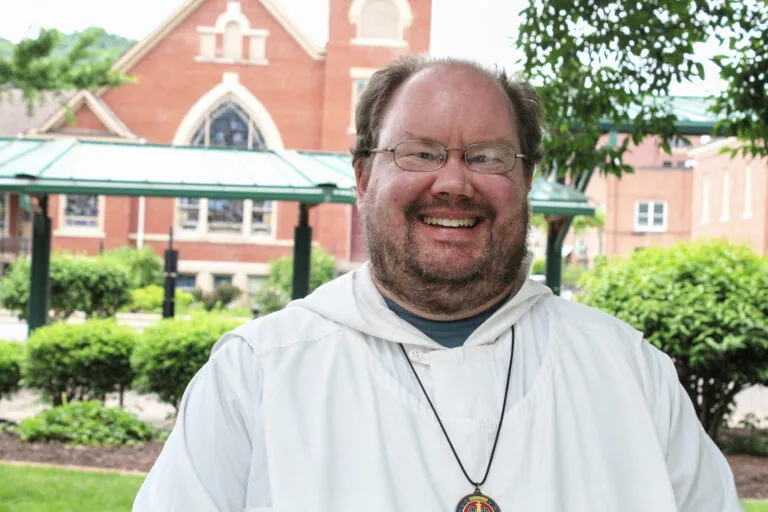Overview
In recent developments, Brother Christian Matson, a Catholic hermit and Benedictine oblate residing in Kentucky, publicly announced his transgender identity with the approval of his local bishop, John Stowe of the Diocese of Lexington. This announcement follows the release of a Vatican document titled Infinite Dignity, which rejects gender fluidity and condemns gender reassignment surgeries. The announcement has generated diverse reactions from the faithful and church leaders.
Historical Context of Gender Views in the Church
Ancient and Medieval Perspectives
The Catholic Church’s current stance on gender contrasts with earlier views held during medieval times. Historically, gender was understood in more fluid terms:
- Aristotelian Influence: The ancient Greek philosopher Aristotle posited a binary view of sex difference, influencing Christian theology. Thomas Aquinas integrated Aristotle’s ideas with Christian doctrine in the 13th century, shaping the Church’s binary understanding of gender.
- Galenic Medicine: In contrast, ancient Greek medicine, particularly the views of the Roman physician Galen, presented gender as a spectrum. This perspective saw males and females as existing on a continuum of elements, with varying degrees of heat and moisture influencing gender characteristics.
Medieval Church and Gender Fluidity
The medieval Church reflected a more flexible understanding of gender:
- Gender Continuum: Galenic views allowed for a continuum of gender characteristics. Historical figures such as Perpetua, who expressed gender fluidity during Roman persecutions, exemplify this understanding. Similarly, the experiences of male and female saints adjusting their physical states to control bodily desires further illustrate the medieval Church’s acceptance of gender fluidity.
- Gender Fluidity in Monastic Life: The 12th-century monk Joseph of the Benedictine monastery at Schönau was identified as female upon death, yet their gender fluidity was celebrated by fellow monks. Such examples indicate a historical acceptance of gender fluidity within religious contexts.
Modern Tensions and Theological Choices
Vatican’s Current Stance
The Vatican’s document Infinite Dignity reflects a rigid binary view of gender, contrasting with the historical fluidity:
- Binary Sex Difference: The document asserts that male and female identities are intrinsically linked to biological sex, based on historical Aristotelian and Thomistic teachings. This stance disregards the earlier, more fluid interpretations of gender.
- Theological Implications: The continued emphasis on binary sex difference highlights a theological choice favoring certain historical interpretations over others. This choice reflects a broader debate about how religious institutions adapt to contemporary understandings of gender.
Conclusion
The recent announcement by Brother Christian Matson underscores a significant shift from historical Church views on gender. The contrast between past and present perspectives highlights ongoing debates within the Catholic Church regarding gender identity and fluidity.
FAQ
Q: Who is Brother Christian Matson?
A: Brother Christian Matson is a Catholic hermit and Benedictine oblate in Kentucky who recently came out as transgender with the consent of his local bishop.
Q: What is the Vatican document Infinite Dignity about?
A: Infinite Dignity is a Vatican document that rejects gender fluidity and condemns gender reassignment surgeries, asserting a binary view of sex difference.
Q: How did the medieval Church view gender?
A: The medieval Church had a more fluid understanding of gender, influenced by Galenic medicine, which saw sex and gender as existing on a continuum rather than as strict binaries.
Q: What is the significance of Brother Christian Matson’s announcement?
A: Matson’s announcement highlights a contrast between historical and contemporary Church views on gender, reflecting ongoing debates within the Church.
Q: How does the current Vatican stance differ from historical views?
A: The current Vatican stance emphasizes a rigid binary view of gender, whereas historical views, particularly during medieval times, recognized gender fluidity and continuum.


